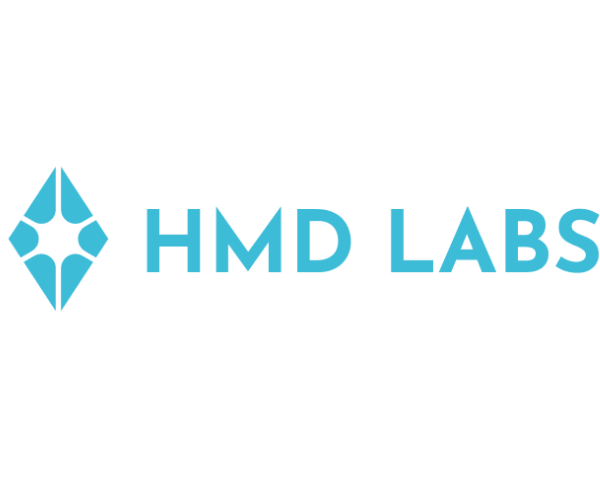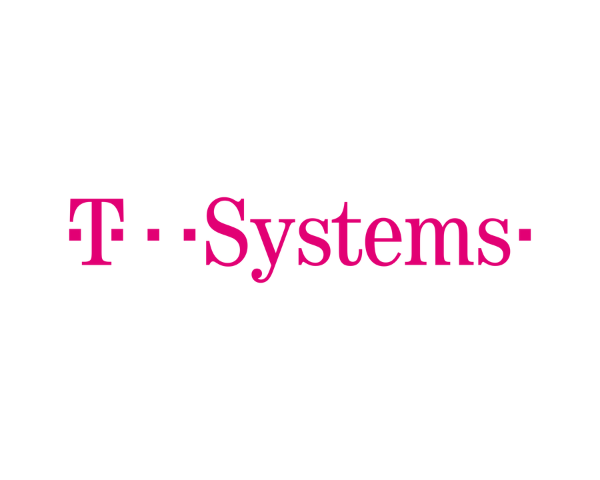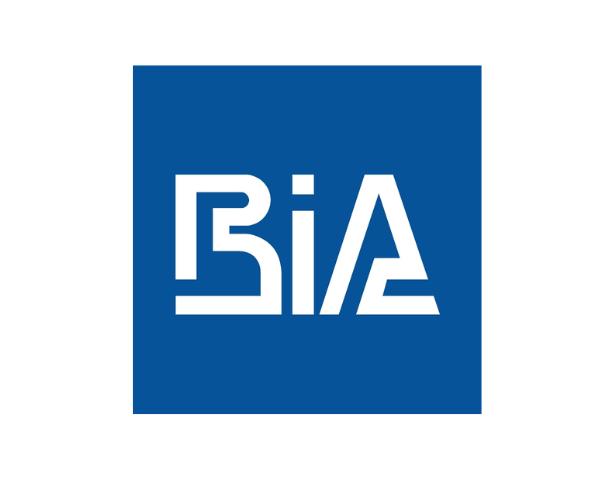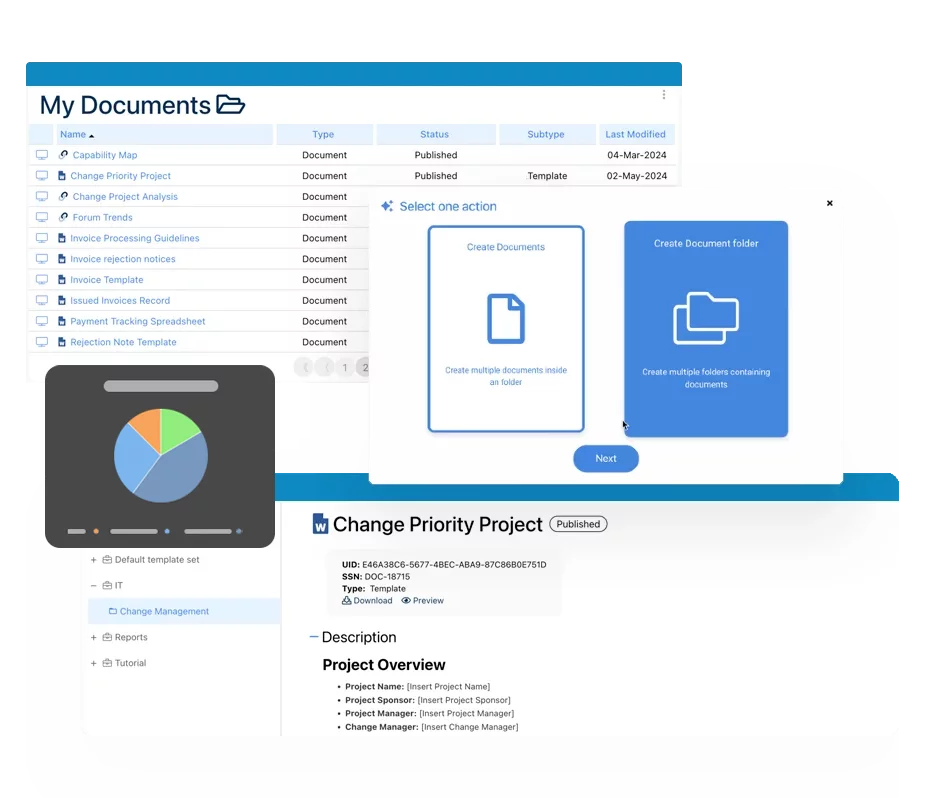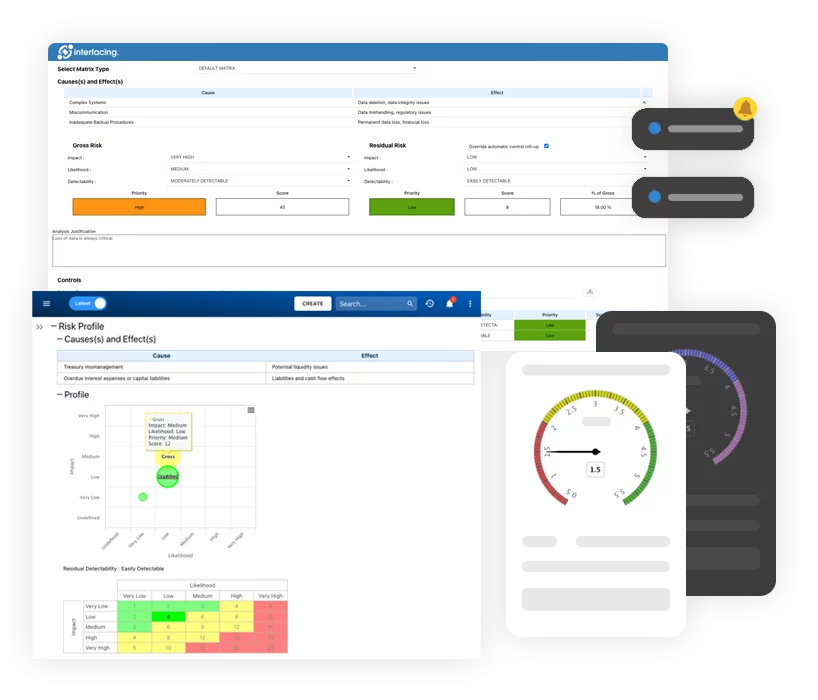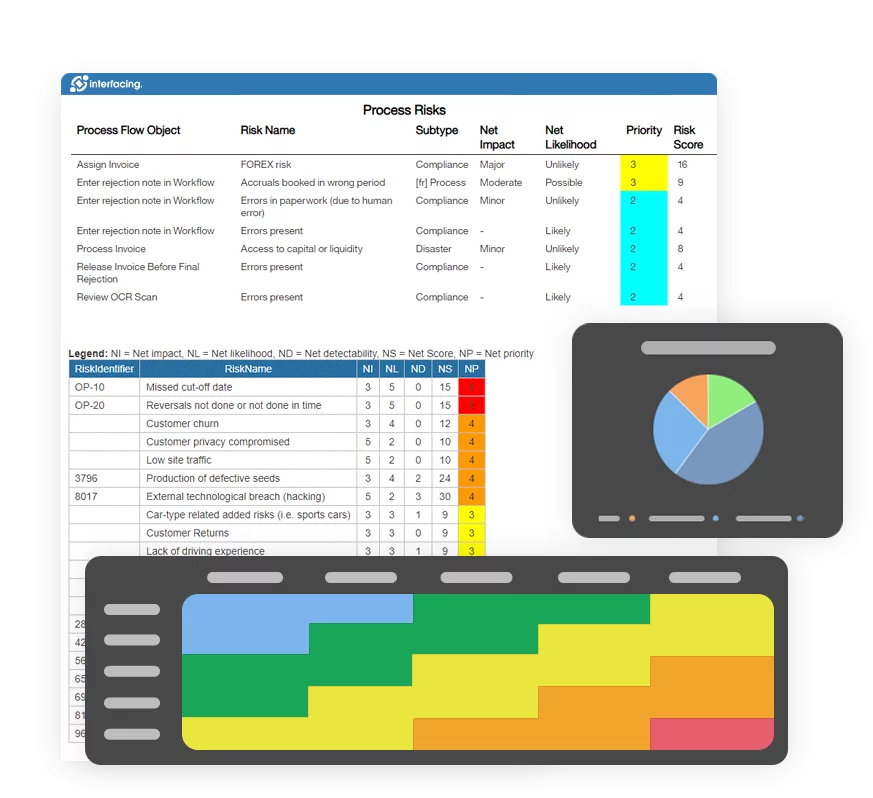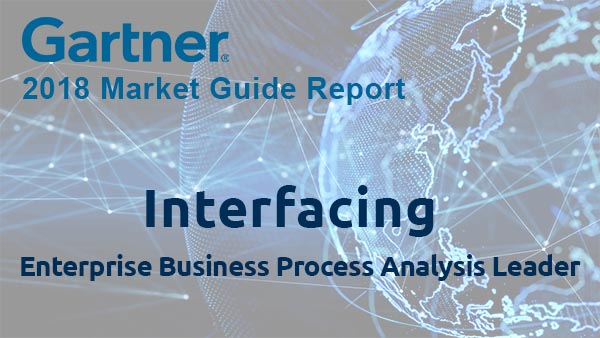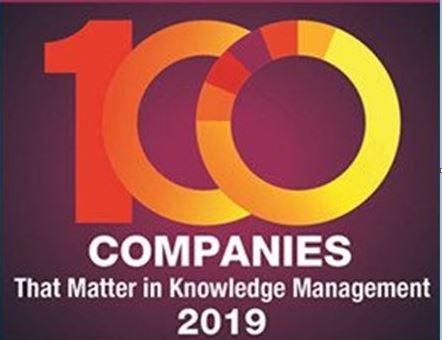What Is BPM?
Business Process Management (BPM) is considered as an important tactic to establish and maintain competitive advantage by streamlining, restructuring, and monitoring business processes. And BPM solutions are widely used for process optimization, quality control and continuous improvement. These tools are likewise useful in workflow automation and cross-functional collaboration to give meaningful metrics to business leaders.
BPM tools allow process managers to secure required resources from strategy to execution, as well as to measure results of different core and collateral business activities, providing corrective feedback and rewards when necessary.
BPM Tools vs. Risk Management Tools
Professional risk management software, storing all model elements in a specific database and ready to be reprocessed or reused later on other updated diagrams, can be the go-to solution among all the risk management initiatives. There are various professional software that supports code generation and simulation of risk management in the market place.
However, in reality, a huge amount of businesses select BPM software over risk management software for risk management purpose. One of the main reasons is to leverage their legacy infrastructure while extending their IT ecosystem for co-creating technological synergie among different tools organization-wide. To do that, qualified BPM software vendors must be able to provide within their solutions the options to referential data and documents to the existing document management and data structure of the business.
Especially for large corporations, compliance and risk management can be the most common pain point. Protecting investors by enhancing accuracy and dependability of business disclosures as well as deterring business and accounting fraud are of critical significance in any publicly traded companies.
How BPM Tools Can Help Risk Management?
Many companies use BPM tools to document administrative, financial, operational, auditing, and analytical procedures that are consistent with industry-specified frameworks, then assign control tests, identify risks, and raise or track issues. And nowadays, having a BPM software with a web-based interface will be extremely helpful for multinationals to consolidate all auditing information in one common repository, allowing teams to access important information remotely with specialized authority permissions. Besides centralized data management, web-based solutions usually offer sophisticated backup solutions for knowledge retention and disaster recovery.
But essentially, how controlling business processes can fundamentally strengthen risk management? First of all, internal audit teams load financial data within specific controlling frameworks. Likewise, financial processes will be documented by errands and sent out monthly, quarterly or annually. Then, audit teams assign control tests and assess test results based on the outcomes. Afterwards, a separate process will enable audit teams to track and remediate problems while another independent process will enable creation of surveys and reporting of results. Audit teams also track quality compliance and operational procedures to mitigate other risks beyond financial ones.
Moreover, the aggregated reports of financial processes, methodologies, controls, rules, regulations, laws, issues, concerns and surveys together can provide a broad summary of a company’s financial compliance status in the overall risk management strategy.
The most well-known benefit of BPM tools is the cost reduction and time efficiency by streamlining reporting to manage risks and processes. Another added value of BPM tools is offering real time reporting feature which give substantial visibility of different levels of risks, along with a risk scoring system that helps decision-makers to prioritize mitigation efforts associated to these risks.

BPM: Beyond Risk Management
Implementing BPM tools, whether for risk management or other purposes, is not a sprint but a marathon. To begin with, it is important to undersrtand that your compliance and quality improvement approach always needs to remain responsive and agile to the ever-changing customer needs and business landscape, also to the requirements of compliance regimes and regulators. Hence, besides embedding compliance controls and rules into daily operations, organizations need to make sure that all employees understand their roles and responsibilities in the big picture, that they communicate, respond, and adjust actions rapidly when change is needed. In this case, BPM software that supports seamless collaboration and allows employees to raise improvement requests can extensively break communication silos, reduce frictions and avoid missed opportunities.
Equally important, laws, policies and regualtions can vary greatly in different regions. This means that for multinationals, their operational, quality control, auditing and reporting procedures need to be altered from one place to another. A truly functional and versatile BPM software should be capable of supporting general vs. localized processes, regulatory regimes and compliance frameworks within a unified platform. Benefits like centralized monitoring with regional flexibility empowered by BPM tools will eventually align shared interest among various stakeholders and mold new ways of doing business in today’s digital era. Check out how the latest features of our Enterprise Process Center® (EPC) can help you achieve your goals related to your internationalization.
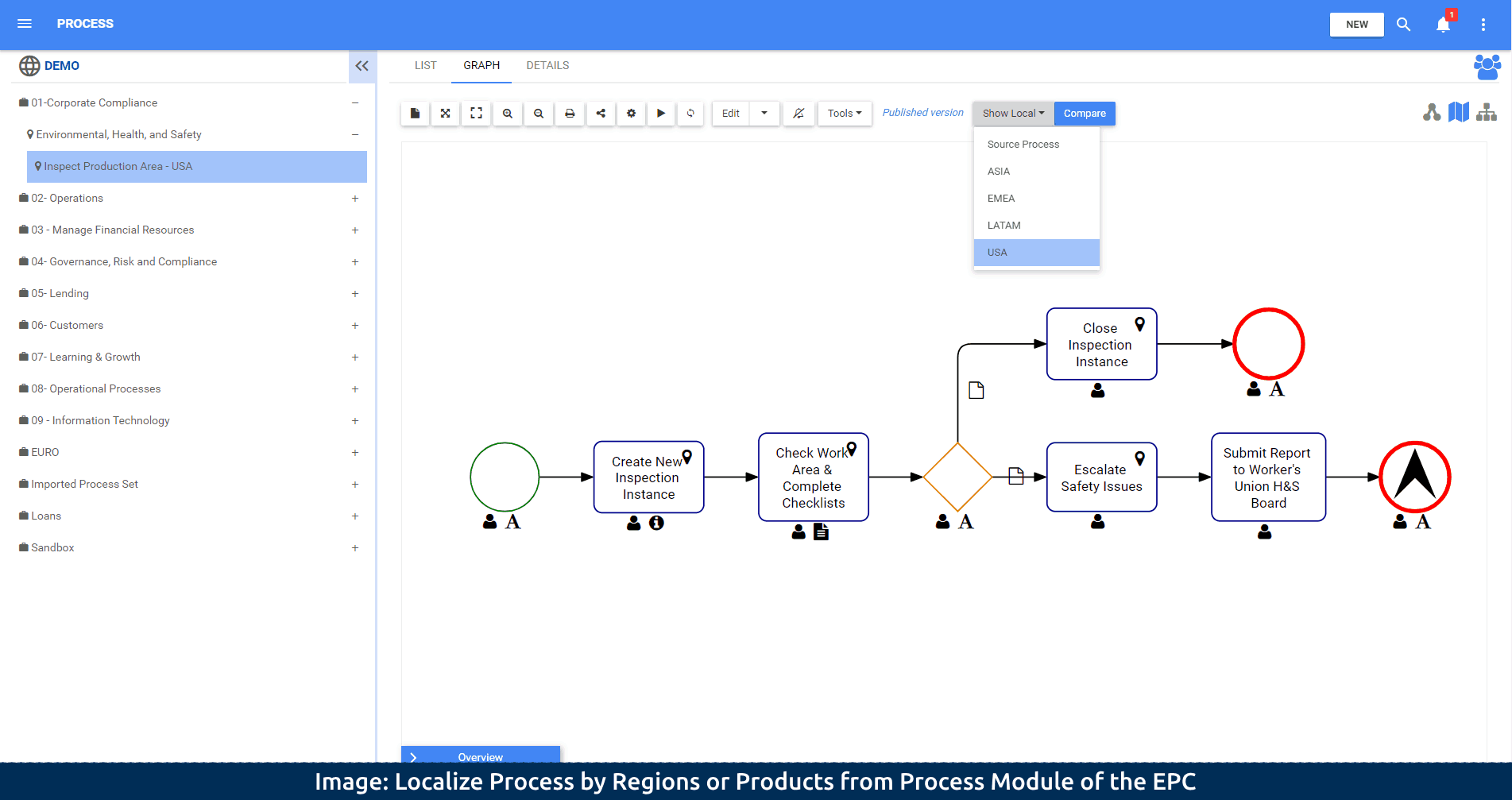
Summary
Last but not least, allowing different levels of information access for different users is another success factor in your compliance journey. Your employees in different departments, even your employees within the same team can have different access authorizations to the same process or report. Sophisticated BPM software simplifies setting for these accesses under one industry standard matrix. Learn more about how our EPC strengthens your process governance.
Why Choose Interfacing?
With over two decades of AI, Quality, Process, and Compliance software expertise, Interfacing continues to be a leader in the industry. To-date, it has served over 500+ world-class enterprises and management consulting firms from all industries and sectors. We continue to provide digital, cloud & AI solutions that enable organizations to enhance, control and streamline their processes while easing the burden of regulatory compliance and quality management programs.
To explore further or discuss how Interfacing can assist your organization, please complete the form below.

Documentation: Driving Transformation, Governance and Control
• Gain real-time, comprehensive insights into your operations.
• Improve governance, efficiency, and compliance.
• Ensure seamless alignment with regulatory standards.

eQMS: Automating Quality & Compliance Workflows & Reporting
• Simplify quality management with automated workflows and monitoring.
• Streamline CAPA, supplier audits, training and related workflows.
• Turn documentation into actionable insights for Quality 4.0

Low-Code Rapid Application Development: Accelerating Digital Transformation
• Build custom, scalable applications swiftly
• Reducing development time and cost
• Adapt faster and stay agile in the face of
evolving customer and business needs.
AI to Transform your Business!
The AI-powered tools are designed to streamline operations, enhance compliance, and drive sustainable growth. Check out how AI can:
• Respond to employee inquiries
• Transform videos into processes
• Assess regulatory impact & process improvements
• Generate forms, processes, risks, regulations, KPIs & more
• Parse regulatory standards into requirements

Request Free Demo
Document, analyze, improve, digitize and monitor your business processes, risks, regulatory requirements and performance indicators within Interfacing’s Digital Twin integrated management system the Enterprise Process Center®!
Trusted by Customers Worldwide!
More than 400+ world-class enterprises and management consulting firms






















